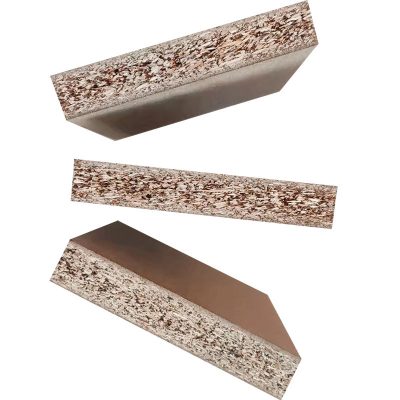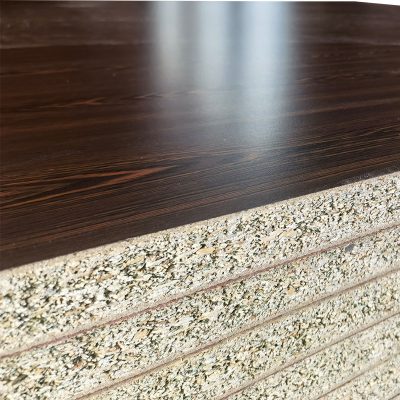Covering the edges of particleboard is commonly done to protect them, provide a finished appearance, and improve durability. You can achieve this using several methods, including edge banding, solid wood, veneer, or various decorative materials. Here’s how to cover the edges of particleboard:

1. PVC Edge Banding:
- PVC edge banding is a popular choice for covering particleboard edges. It comes in rolls or strips with adhesive on the back. Here’s how to apply it:
- Measure the length of the particleboard edge and cut the edge banding strip to size, leaving a slight overhang on both ends.
- Apply heat using a specialized edge banding iron or a household iron to activate the adhesive and secure the strip to the edge. Use a roller or block of wood to ensure a firm bond.
- Trim the excess edge banding with a utility knife or edge banding trimmer, following the contour of the particleboard edge.
2. Wood Edge Banding:
- You can use solid wood strips to cover particleboard edges for a natural wood appearance. Follow these steps:
- Cut the wood strip to the length of the particleboard edge and ensure it matches the thickness.
- Apply wood glue to the back of the wood strip and press it onto the particleboard edge, ensuring it’s flush with the surface.
- Clamp the wood strip in place until the glue dries, usually for several hours or overnight.
- Sand the wood strip flush with the particleboard surface.
3. Veneer Edge Banding:
- Veneer edge banding provides a wood appearance and can be applied similarly to wood edge banding:
- Cut the veneer strip to the desired length and width.
- Apply wood glue to the back of the veneer strip and press it onto the particleboard edge.
- Clamp it in place until the glue sets.
- Trim and sand the veneer flush with the particleboard surface.
4. Paint or Finish:
- You can paint or finish the particleboard edges to match the surface. This method is suitable when you want a seamless appearance:
- Sand the edges to smooth out any imperfections.
- Apply primer and paint or the desired finish coat, allowing proper drying time between coats.
5. Edge Sealer:
- An edge sealer, often used in cabinetmaking, is a type of clear finish applied to the edges to protect them and provide a finished look. It can be brushed or sprayed on.
6. Edge Molding or Trim:
- Decorative moldings or trims can be attached to the edges of particleboard using adhesive, screws, or nails to cover and protect them.

When selecting a method for covering particleboard edges, consider the project’s aesthetic requirements, budget, and the level of protection needed for the edges. Each method has its advantages, so choose the one that best suits your specific needs.
